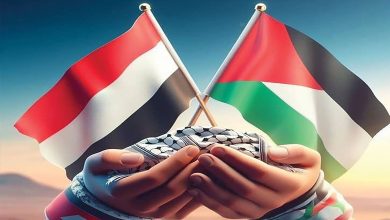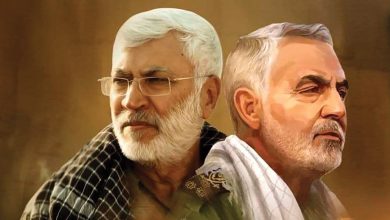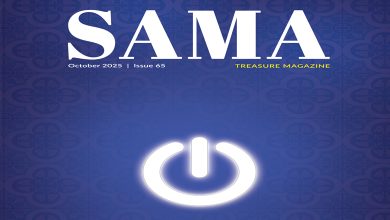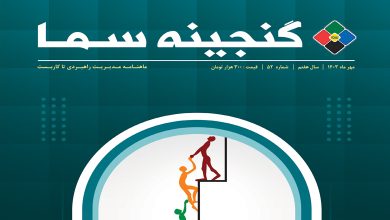Part Four: Soleimani and Religious Authority – A Special Bond with Najaf, Qom, and Tehran (Section Two)
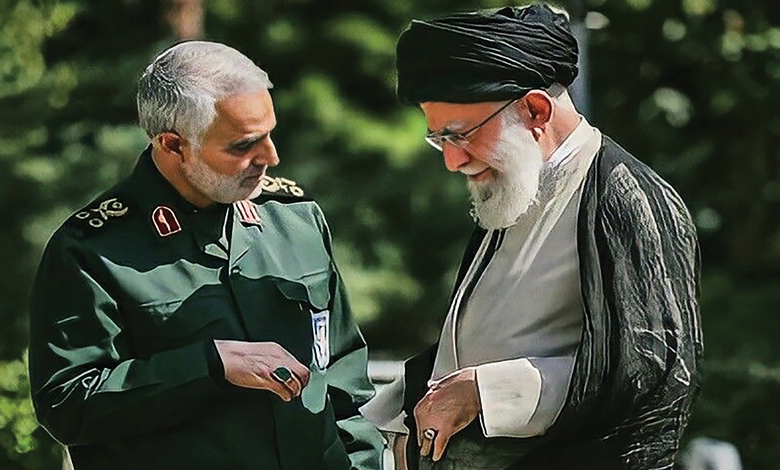
 Political Section
Political Section
Analysis of Documents on Martyr Qassem Soleimani’s Relations with Grand Religious Authorities in Iran and Iraq
The study of Martyr Qassem Soleimani’s connections with the grand religious authorities (Marajiʿ) in Iran and Iraq requires a careful examination of historical sources, official statements, and reliable documents. Based on available evidence, the following analysis can be presented:
Relations with Grand Religious Authorities in Iran
As the commander of the IRGC Quds Force, Martyr Qassem Soleimani maintained deep and respectful ties with prominent religious scholars and Marajiʿ in Iran. These relations were grounded in spiritual guidance, support for the Islamic Revolution, and the defense of the Resistance Axis.
Connection with the Supreme Leader Ayatollah Khamenei:
Appointed by Ayatollah Khamenei in 1997 as the commander of the Quds Force, Soleimani had a close and spiritual relationship with the Leader. In his will, he urged scholars and clerics to offer unconditional support for the Islamic Revolution and the Guardianship of the Jurist (Velayat-e Faqih), warning them not to let political considerations weaken their support for the system.
Advice to Scholars:
In his speeches and will, Soleimani referred to clerics as the “hope of Islam” and called upon them to continue defending the Islamic system with courage and sincerity.
Interaction with Other Iranian Marajiʿ:
After his martyrdom in January 2020, Iran’s grand religious authorities—including Ayatollah Safi Golpaygani, Ayatollah Makarem Shirazi, Ayatollah Nouri Hamedani, and Ayatollah Wahid Khorasani—issued condolence statements praising his defense of holy shrines and his fight against ISIS. These messages reflected mutual respect and recognition of his Islamic mission.
Meetings with Ayatollah Jawadi Amoli:
Documents and photographs reveal Soleimani’s meetings with Ayatollah Abdullah Jawadi Amoli in Qom, usually aimed at coordinating religious and strategic efforts in support of the Revolution and the Resistance.
Relations with Grand Religious Authorities in Iraq
Soleimani’s relationship with the Iraqi Marajiʿ, particularly Grand Ayatollah Ali al-Sistani, developed mainly during the fight against ISIS and efforts to protect Iraq’s security and holy shrines.
Role in the Jihad al-Kifai Fatwa:
Some sources note that Soleimani advised and supported the process leading to Ayatollah al-Sistani’s 2014 fatwa calling for defensive jihad against ISIS, which was crucial in mobilizing the Popular Mobilization Forces (al-Hashd al-Shaabi). Soleimani’s coordination helped safeguard cities such as Karbala and Samarra.
Protection of Holy Shrines:
Beyond his military duties, Soleimani’s active presence in Najaf, Karbala, Kadhimiya, and Samarra symbolized his spiritual dedication to defending the sacred sites of Shi‘ism.
Funeral Ceremonies in Iraq:
After his martyrdom, the affection of Najaf’s seminary and Marajiʿ became evident. The funeral prayer in the Shrine of Imam Ali (peace be upon him), led by Grand Ayatollah Bashir al-Najafi, and the presence of Sayyid Mohammad Reza al-Sistani, son of Ayatollah Sistani, reflected deep respect for Soleimani. Ceremonies in Karbala and Kadhimiya, attended by millions, turned into a spiritual renewal of allegiance between the Marajiʿ, the people, and the martyrs of resistance.
Symbolic Connection Between Blood and the Pulpit:
Najaf’s religious establishment, through its dignified silence and symbolic gestures, affirmed the legitimacy of Soleimani’s path — a legitimacy rooted in the enduring authority of the Marajiʿ.
Cooperation with al-Hashd al-Shaabi:
Soleimani played a crucial role in organizing the Popular Mobilization Forces, which were formed under the moral guidance of the Marajiʿ, especially Ayatollah al-Sistani.



